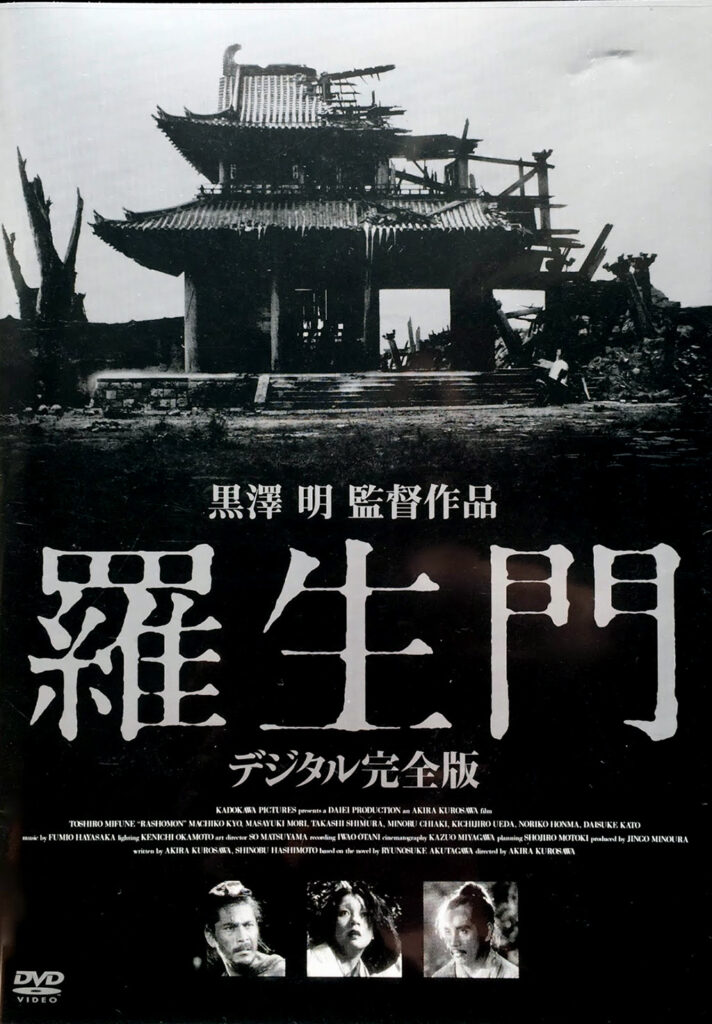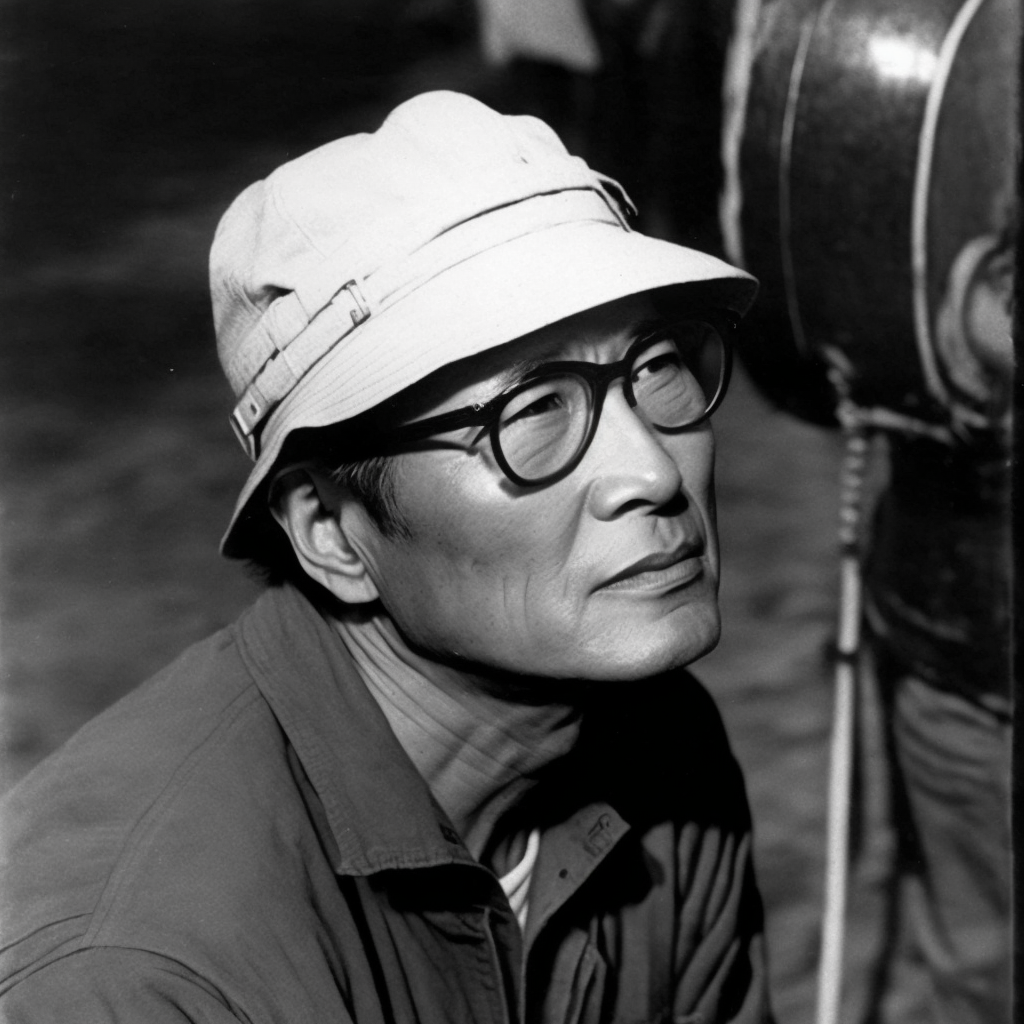Film has long been a powerful medium for telling stories and capturing the essence of the human experience. One of the most iconic and influential films that embodies this ability is undoubtedly “Rashomon”, directed by Akira Kurosawa and released in 1950. This Japanese cinematic masterpiece left an indelible mark on the world cinematic landscape thanks to to its innovative storytelling, portrayal of subjective truth, and deep exploration of human complexity.
Historical and Cinematic Context:
“Rashomon” is set against the backdrop of post-war Japan, a time of transition and reinvention for the nation. Director Akira Kurosawa took advantage of this tumultuous period to experiment with new narrative and visual techniques. The film was made at a time when Japanese cinema was starting to make a name for itself on the international scene, and “Rashomon” contributed greatly to this momentum.
Synopsis:
The film begins under a dilapidated portico, as the rain falls tirelessly, creating an atmosphere of mystery and desolation. The story unfolds around a brutal murder and alleged rape in a forest. What makes the film unique is how events are told through the perspectives of different characters, each with their own version of the truth. The viewer is thus immersed in a labyrinth of contradictory narratives, challenging the very notion of objective truth.
Exploring Subjective Truth:
“Rashomon” pushes the boundaries of storytelling by questioning the reliability of human testimony. The main characters – the bandit, the woman, the samurai and the woodcutter – present different and contradictory accounts of the same event. Each of them attempts to justify themselves or protect their image, thus illustrating how individual emotions, perceptions and motivations influence the way a story is told.
Kurosawa thus explores the changing nature of truth and the impact of subjective perspectives on reality. The film challenges the traditional notion of objectivity in storytelling and highlights the complexity inherent in understanding reality.
Cinematic Innovations:
“Rashomon” is also hailed for its technical and narrative innovations. Kurosawa uses alternate edits, flashbacks, and ingenious cinematic shots to distill the different viewpoints. One of the film’s most memorable scenes is the “Rashomon effect”, where the director uses mirrors to reflect different perspectives of the same event, creating a kaleidoscopic view of the truth.
Influence and Legacy:
The influence of “Rashomon” on world cinema is immense. The term “the Rashomon effect” has become synonymous with the disparity between eyewitness accounts. Many filmmakers have been inspired by the film’s innovative storytelling techniques, and its impact is felt in works such as Quentin Tarantino’s “Pulp Fiction” and Bryan Singer’s “The Usual Suspects.”
The film also paved the way for international recognition for Japanese cinema, winning the Golden Lion at the Venice Film Festival in 1951 and establishing Akira Kurosawa as one of the most respected directors of his time.
Conclusion:
“Rashomon” is more than just a movie. It is a deep exploration of subjective truth, human perception and the complexity of human nature itself. Through bold storytelling techniques and a masterful portrayal of multiple viewpoints, the film continues to defy cinematic convention and captivate viewers around the world. Akira Kurosawa has created timeless work that encourages us to question our own perceptions and recognize the rich diversity of human experiences.



